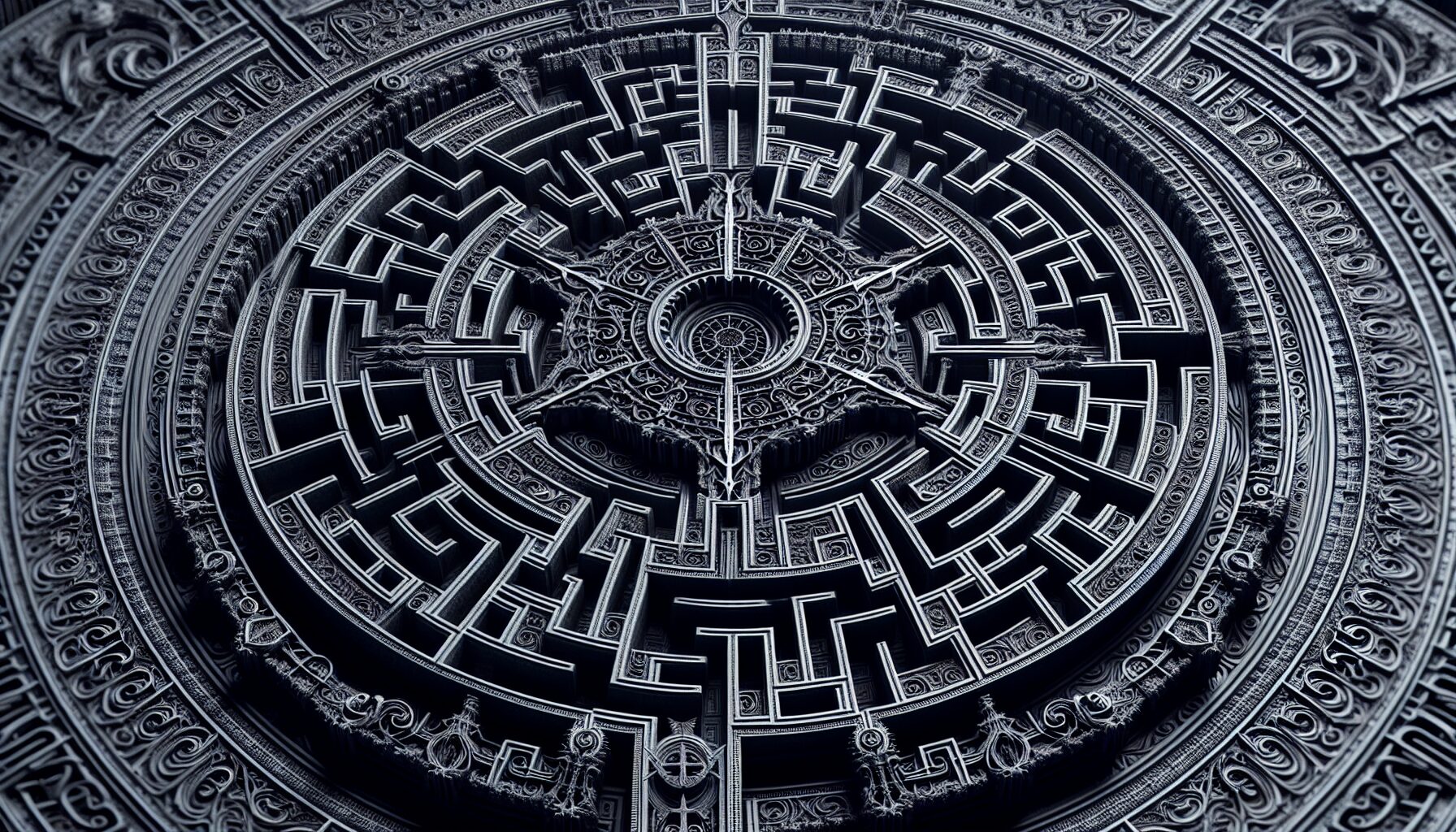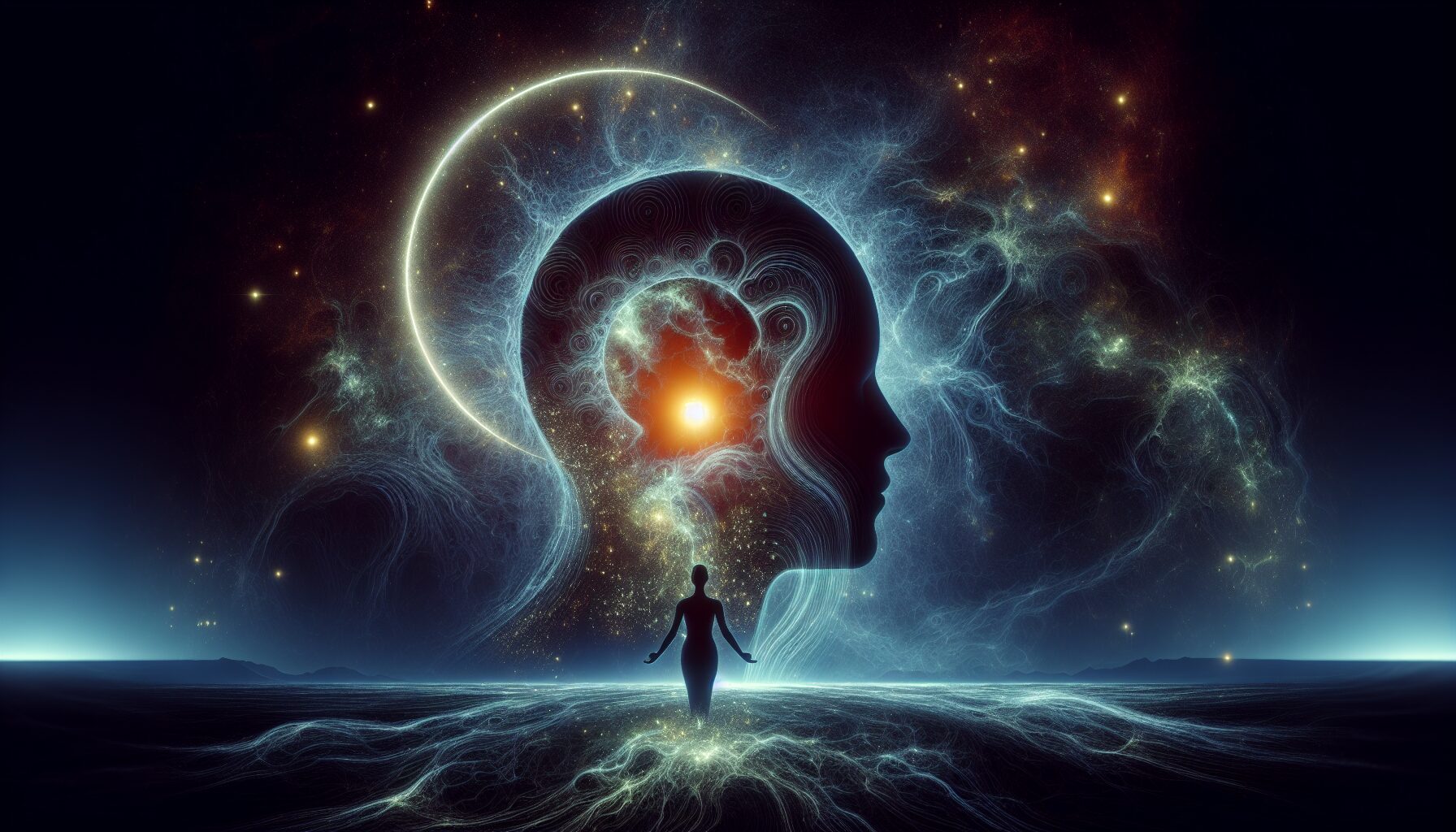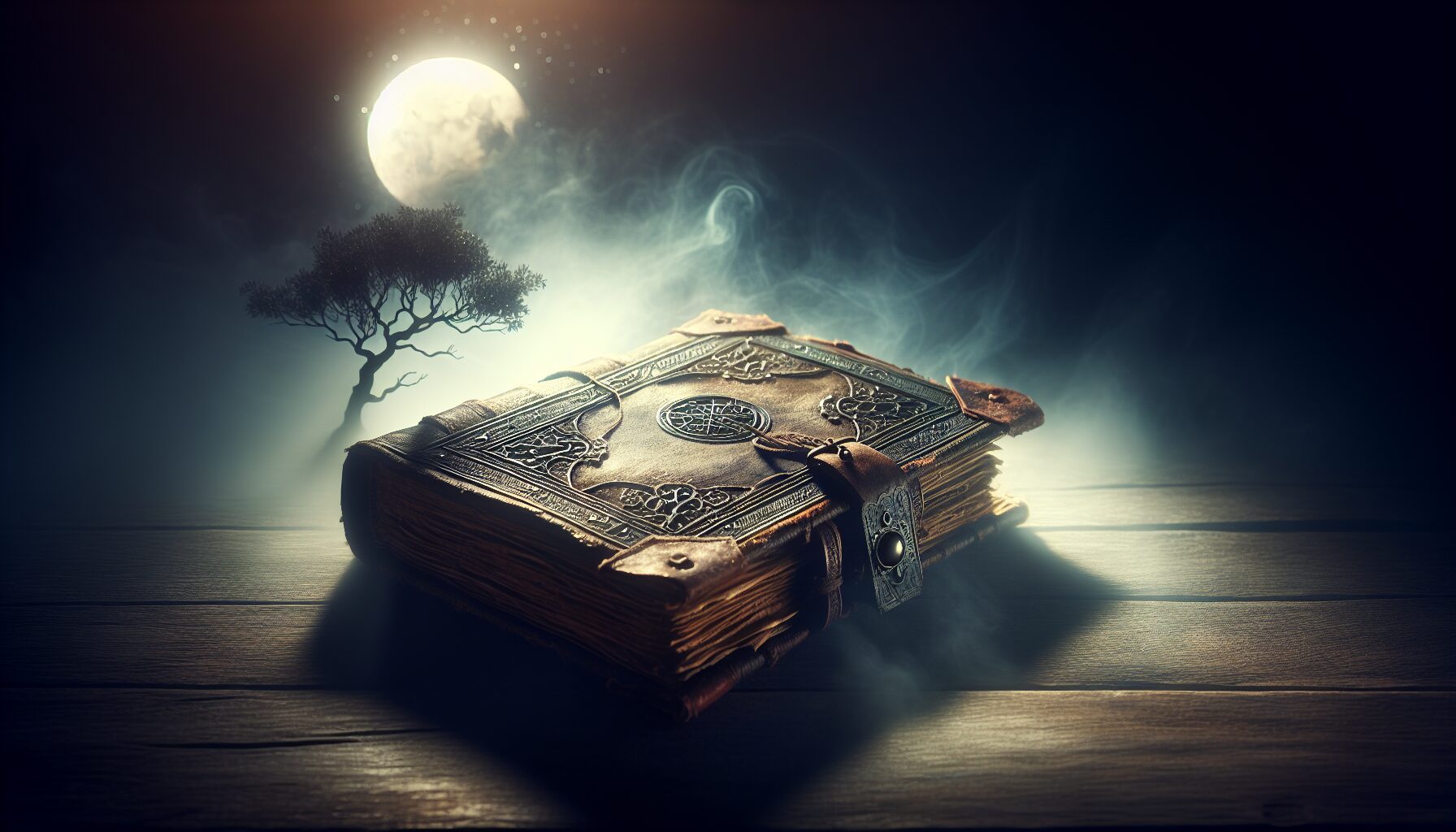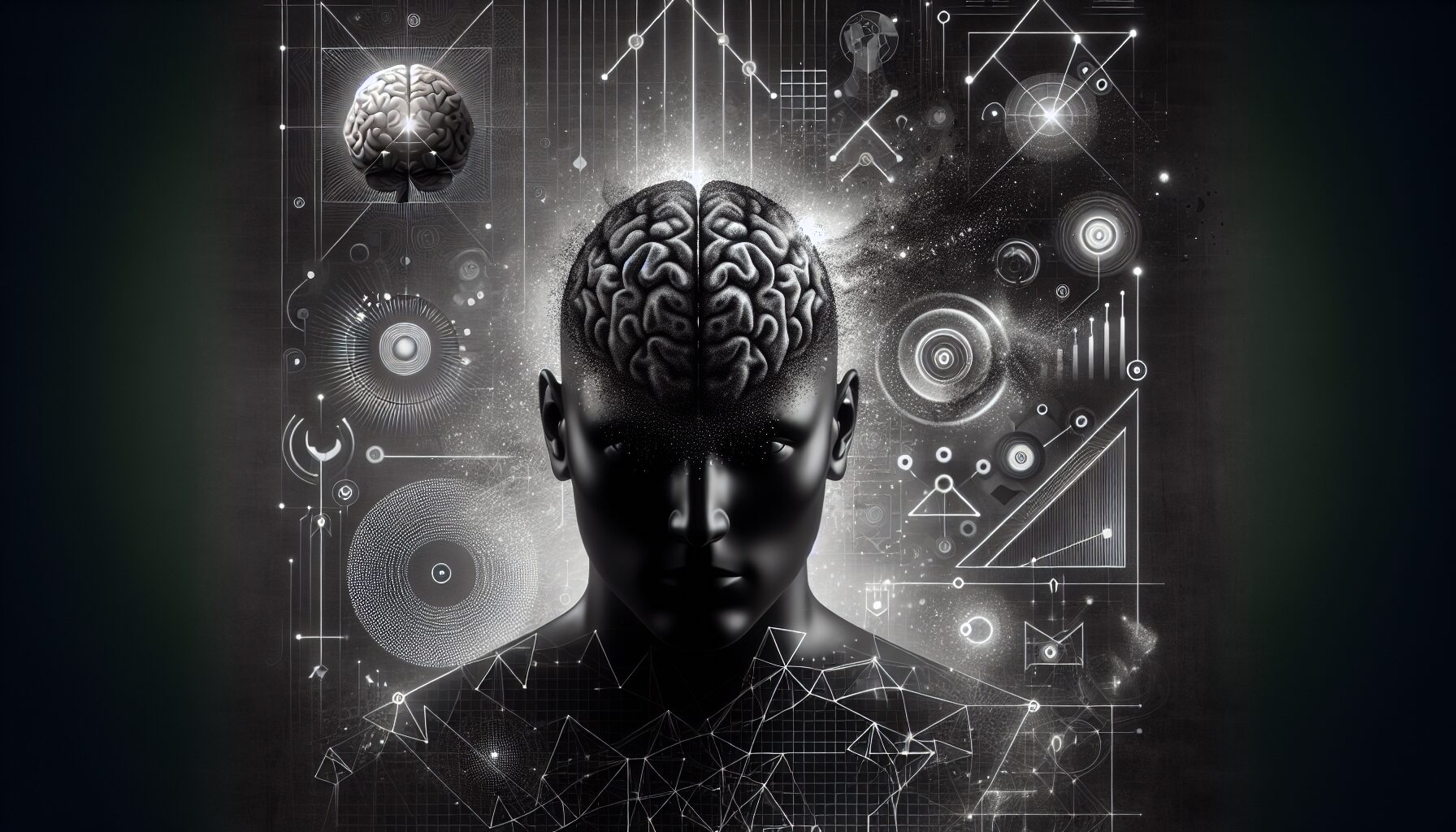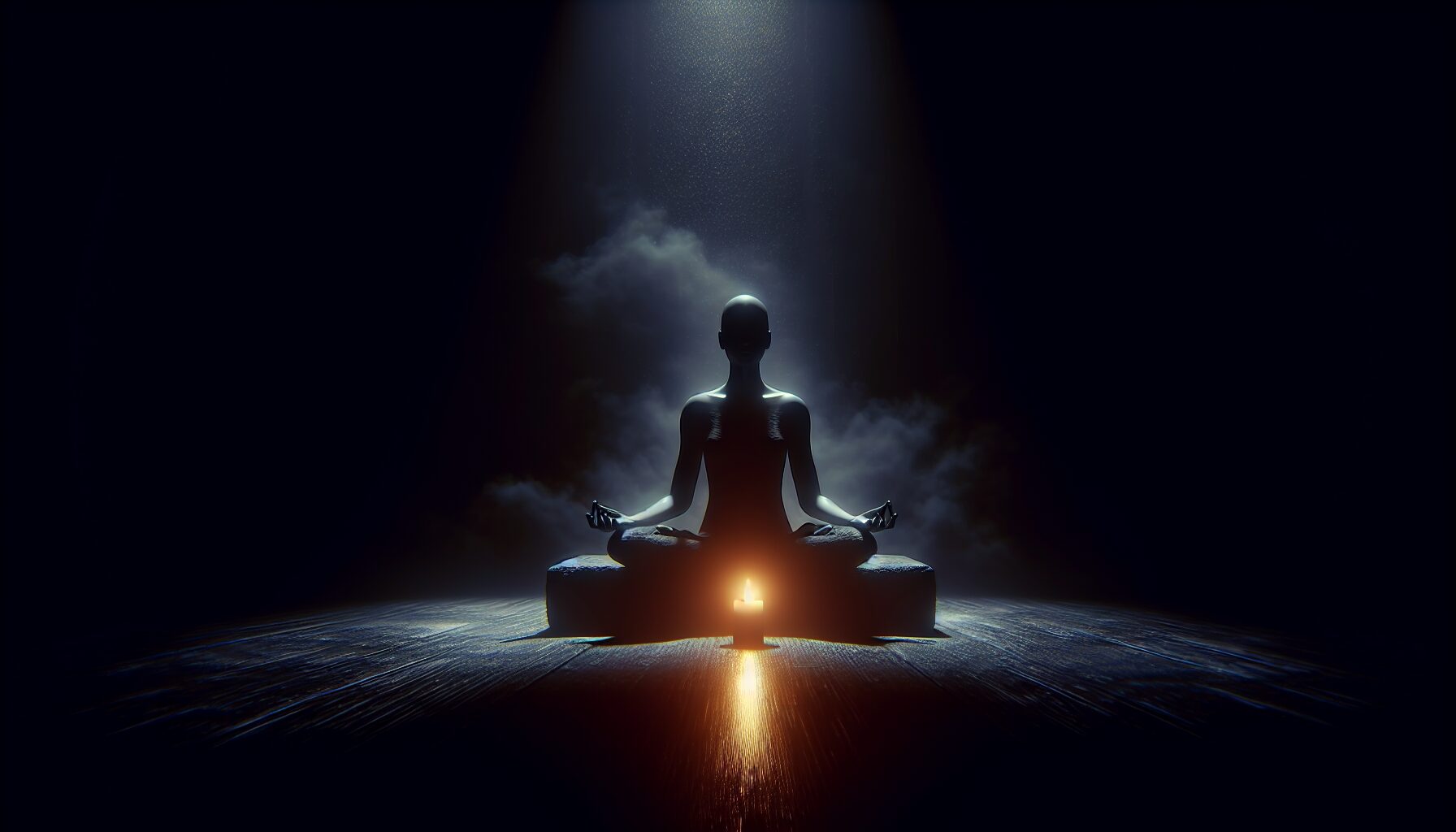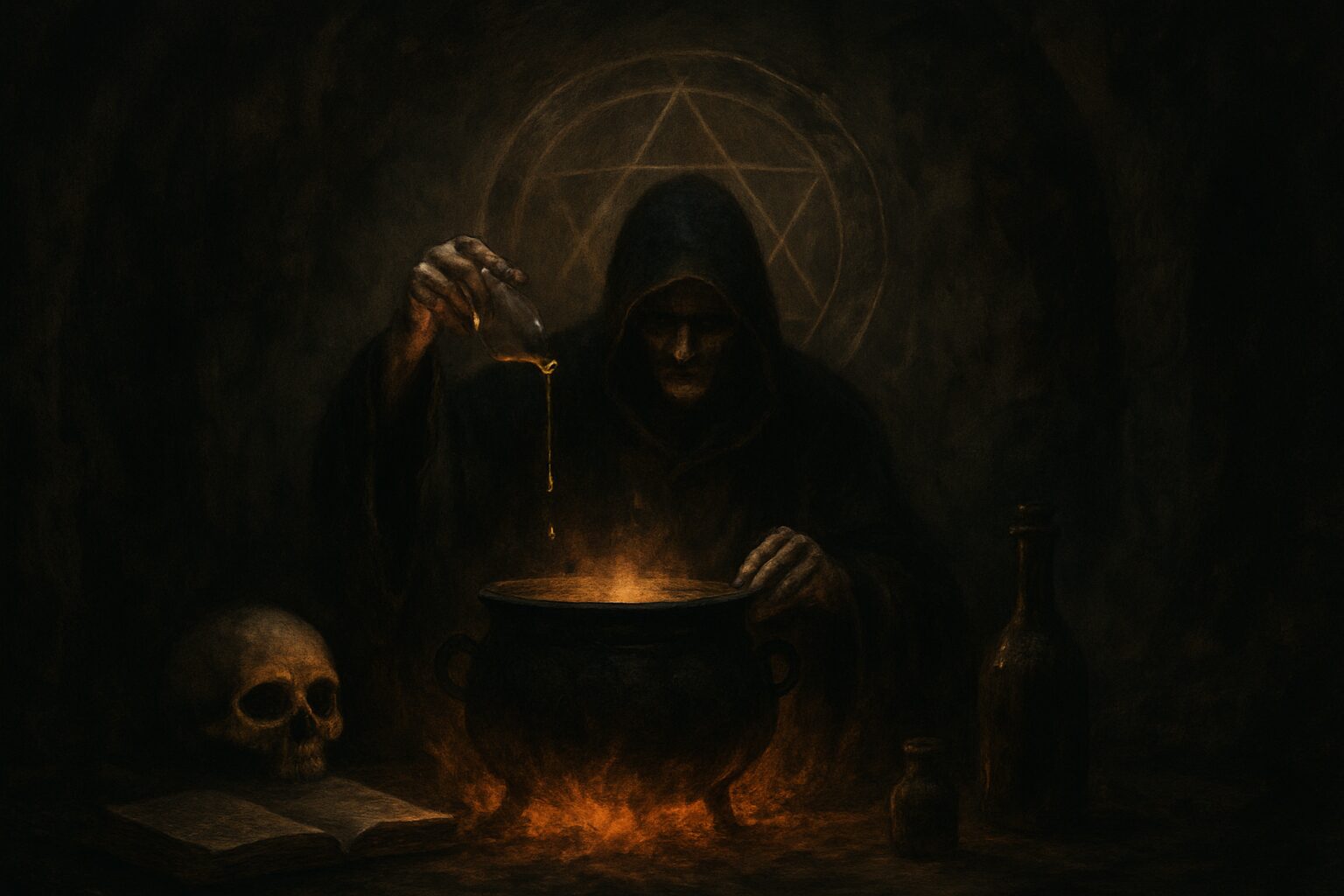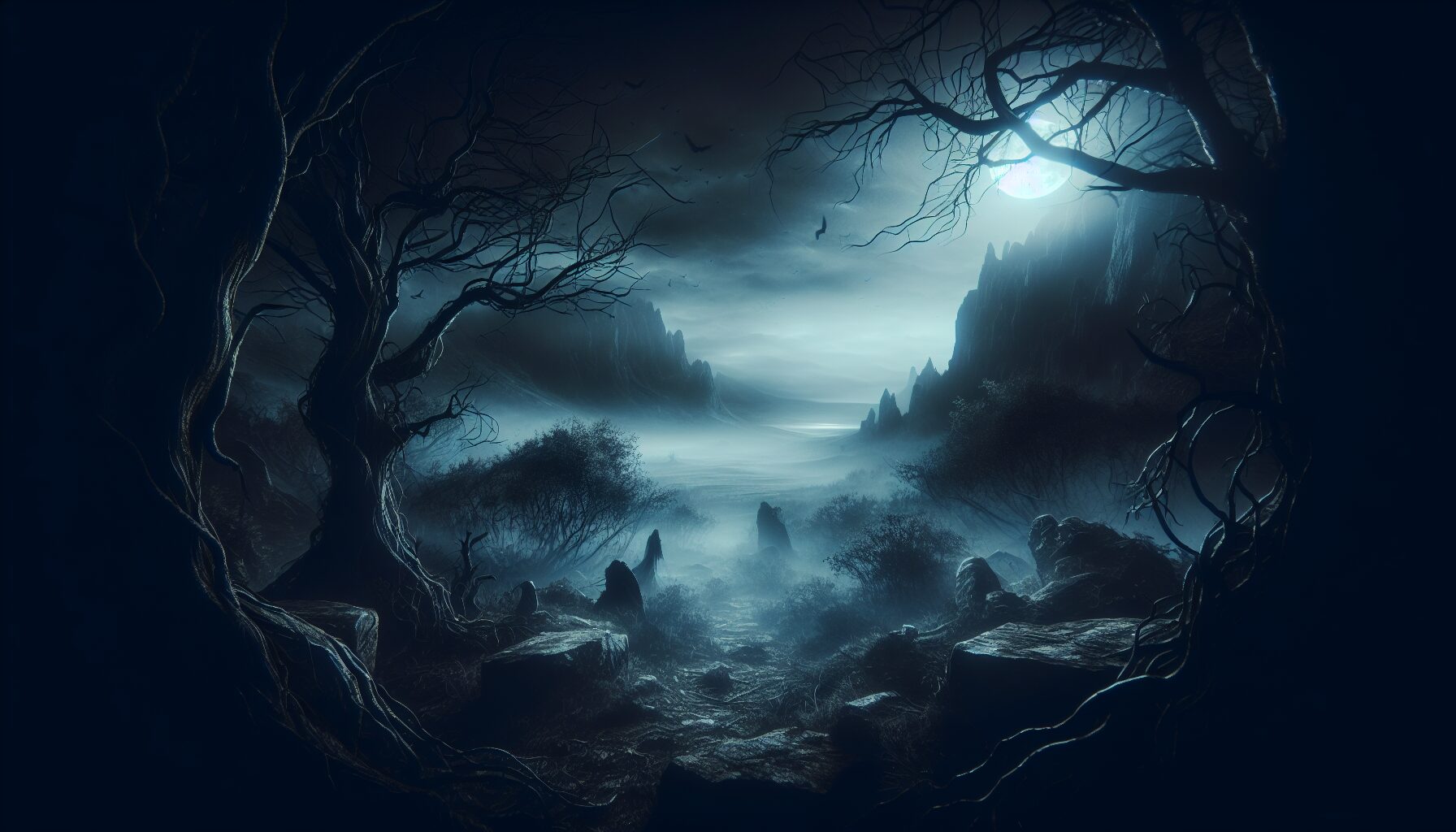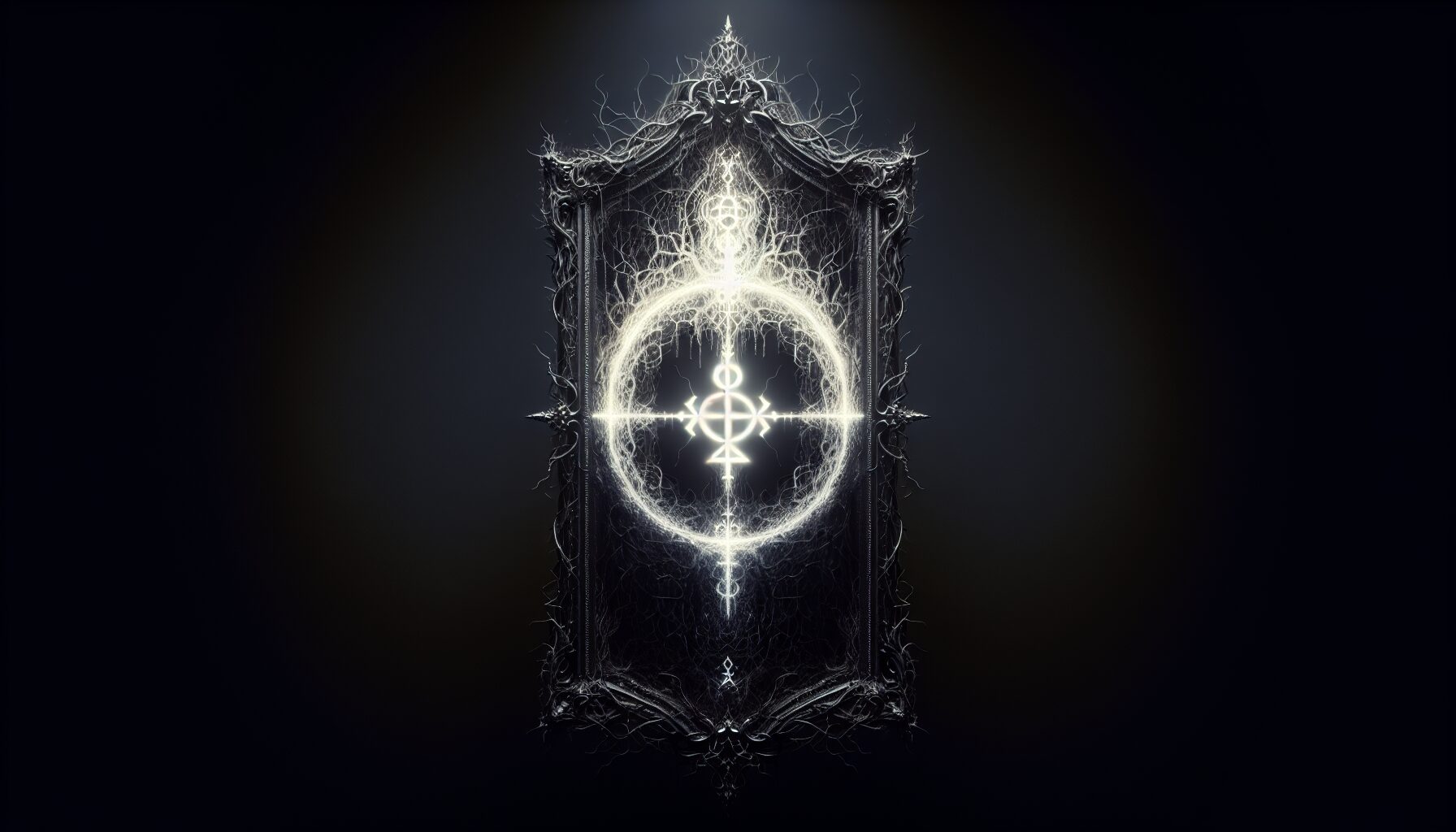The term Gothic often conjures images of darkness, romantic decay, and an affinity for the mysterious. For decades, Gothic culture has captivated and perplexed those outside its shadowy bounds. From its roots in Romantic literature and 19th-century architecture to its modern expressions in fashion and music, the Gothic labyrinth is vast and complex.
Historical Roots
Gothic culture’s genesis can be traced back to the late medieval period, particularly in architecture. Gothic cathedrals, with their ornate sculptures and towering spires, embodied a sense of awe and introspection. As the Romantic era unfolded, writers like Mary Shelley and Edgar Allan Poe further distilled these themes into literature, laying the psychological groundwork for the Gothic narrative.
“I became insane, with long intervals of horrible sanity,” wrote Edgar Allan Poe, capturing the essence of the Gothic exploration of the psyche.
Modern Expressions
Jump forward to the late 20th century, and the Gothic subculture emerged with a distinct identity. This period marked the ascendancy of bands like Bauhaus and Siouxsie and the Banshees, whose haunting sounds and theatrical performances encapsulated the eerie allure. The subculture quickly evolved, defining itself through dark, Victorian-inspired fashion, and an emphasis on individualism and introspection.
- Fashion: Gothic style often features dark colors, lace, and velvet, embodying both mystery and elegance.
- Music: Genres such as Goth Rock and Dark Wave carry melodic themes of melancholy and fantasy.
- Literature: Fans embrace works that delve into the supernatural, exploring moral ambiguities and human fears.
The Cultural Appeal
The allure of Gothic culture lies in its acceptance of the darker aspects of human experience, offering a sanctuary for the misunderstood and the contemplative. It is both an aesthetic and philosophical movement, inviting individuals to ponder life’s enigmatic questions through art, music, and sartorial expression.
However, the Gothic subculture remains a subject of stereotype and misconception. Participants often encounter preconceived notions about morbidity or melancholy, though at its core, Gothic culture is about embracing one’s identity and finding beauty in the unconventional.
“It’s about recognizing the fragile, ephemeral beauty of the world,” explained an enthusiast at a World Goth Day event. “It’s about the journey, not just the destination.”
As one navigates the Gothic labyrinth, it becomes clear that this culture is a tapestry woven from threads of history, creativity, and introspection—a journey worth undertaking.
